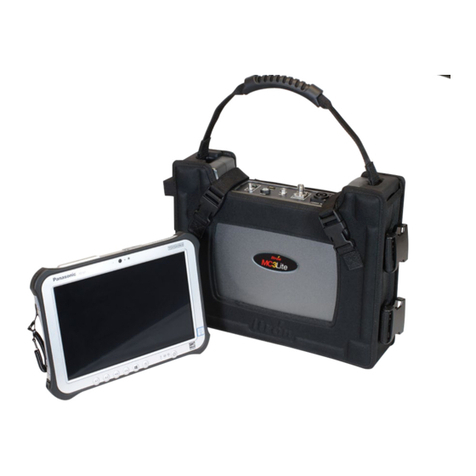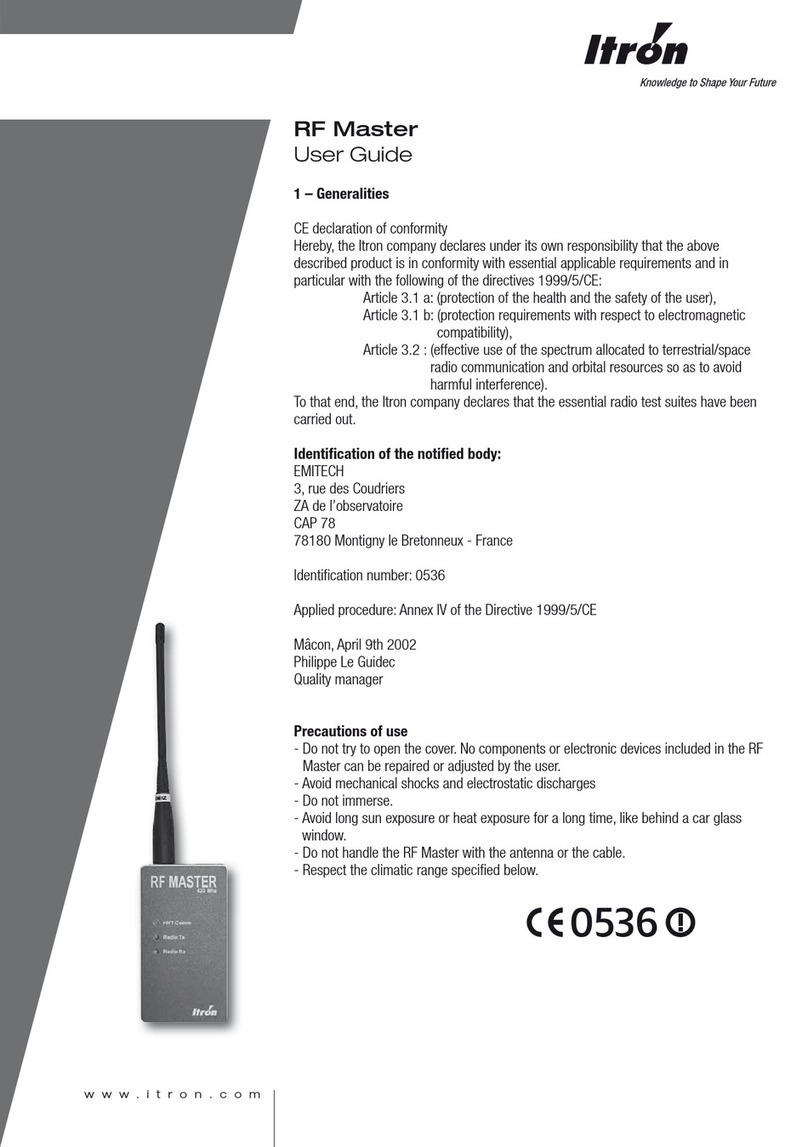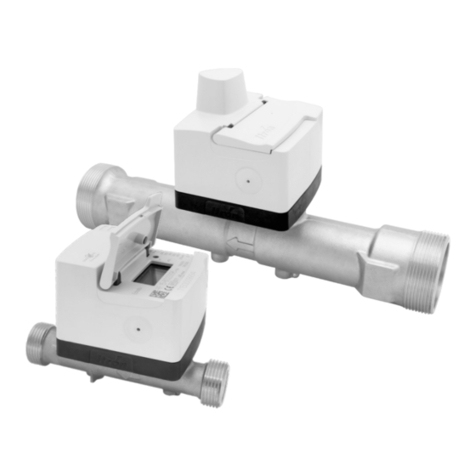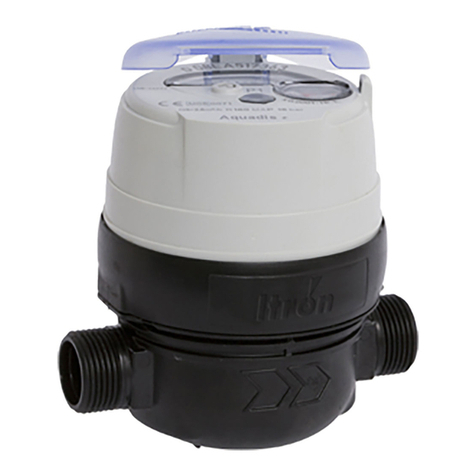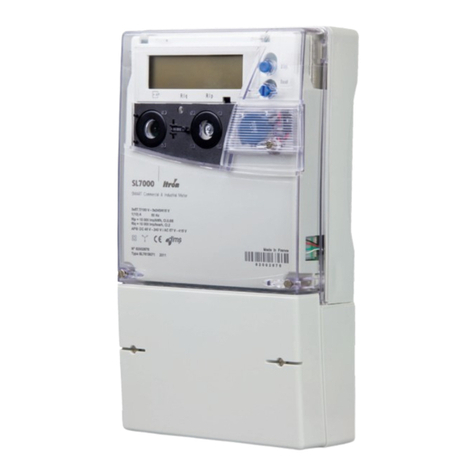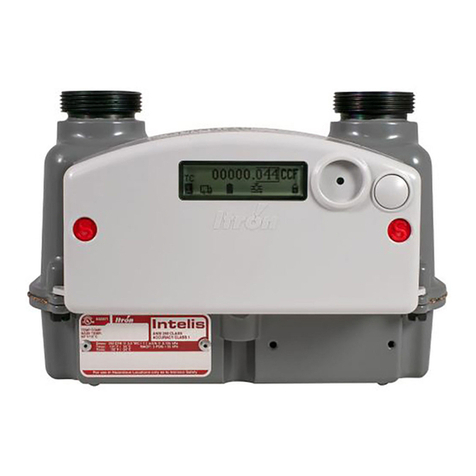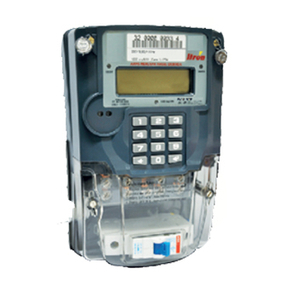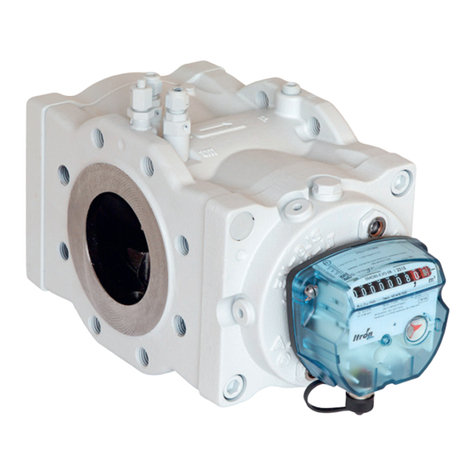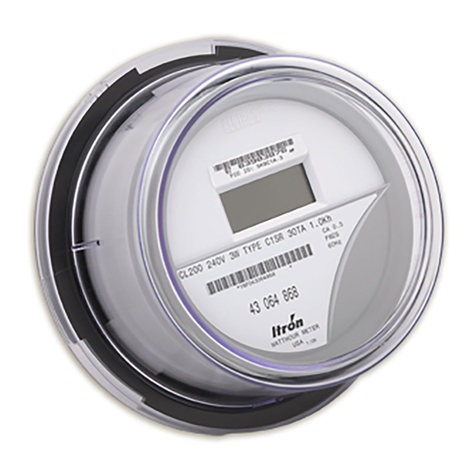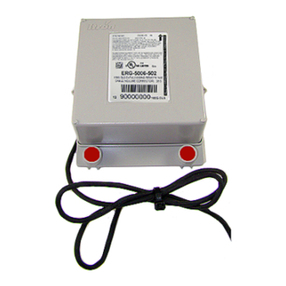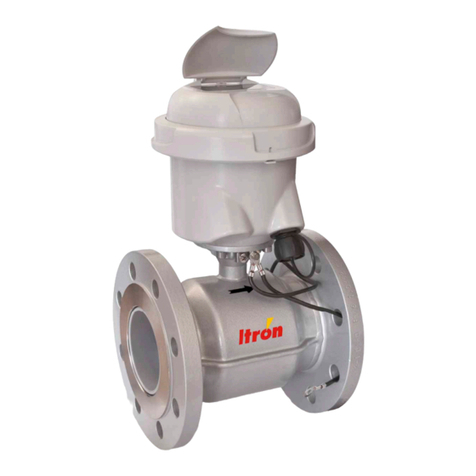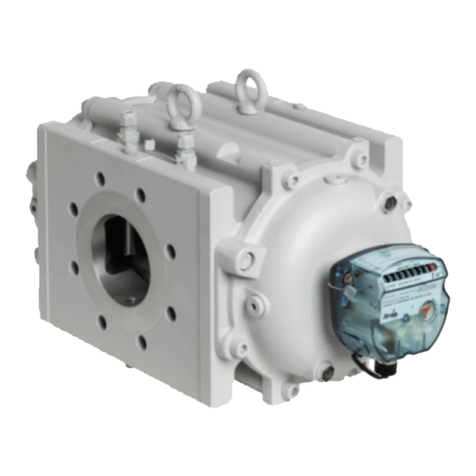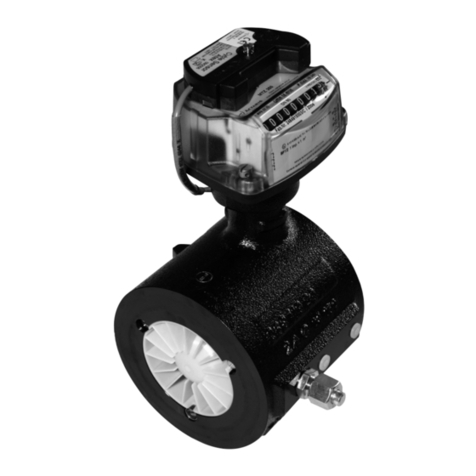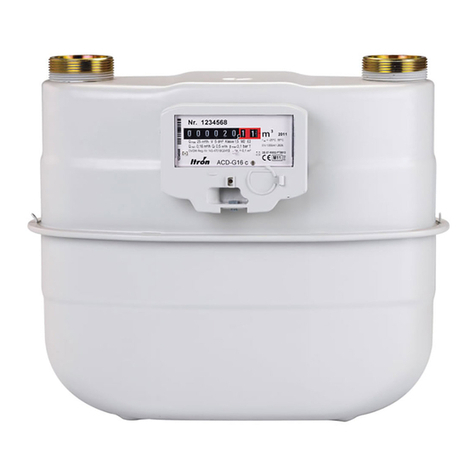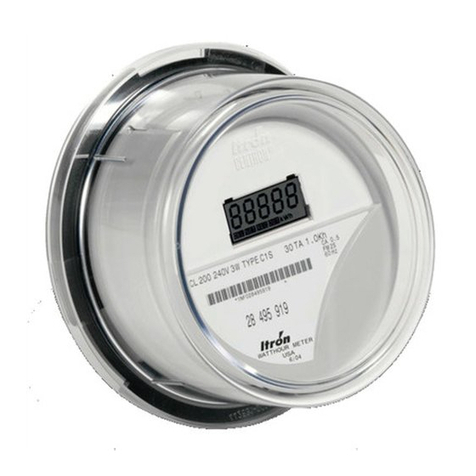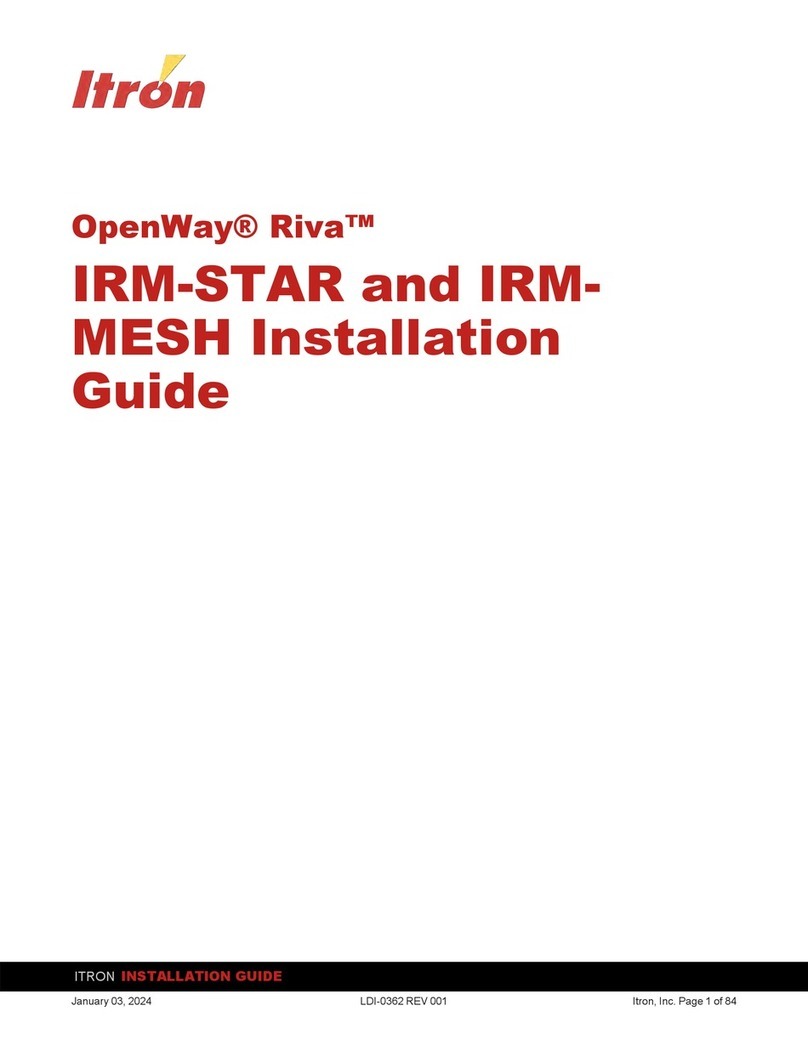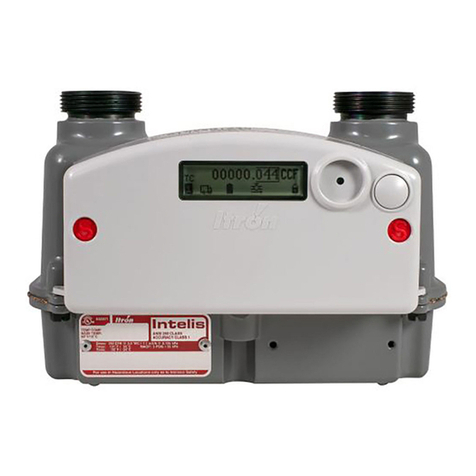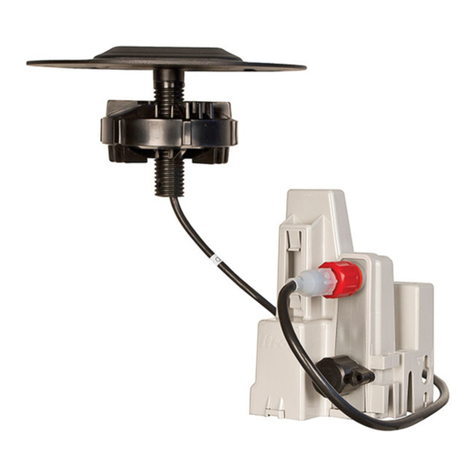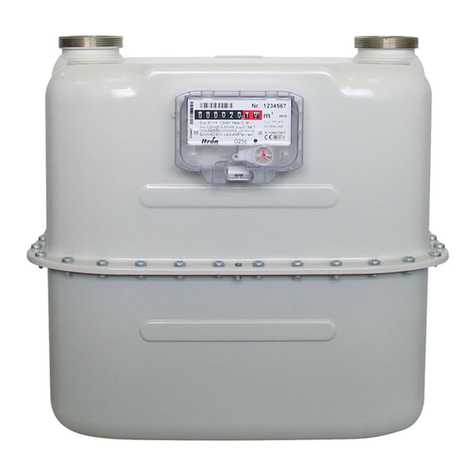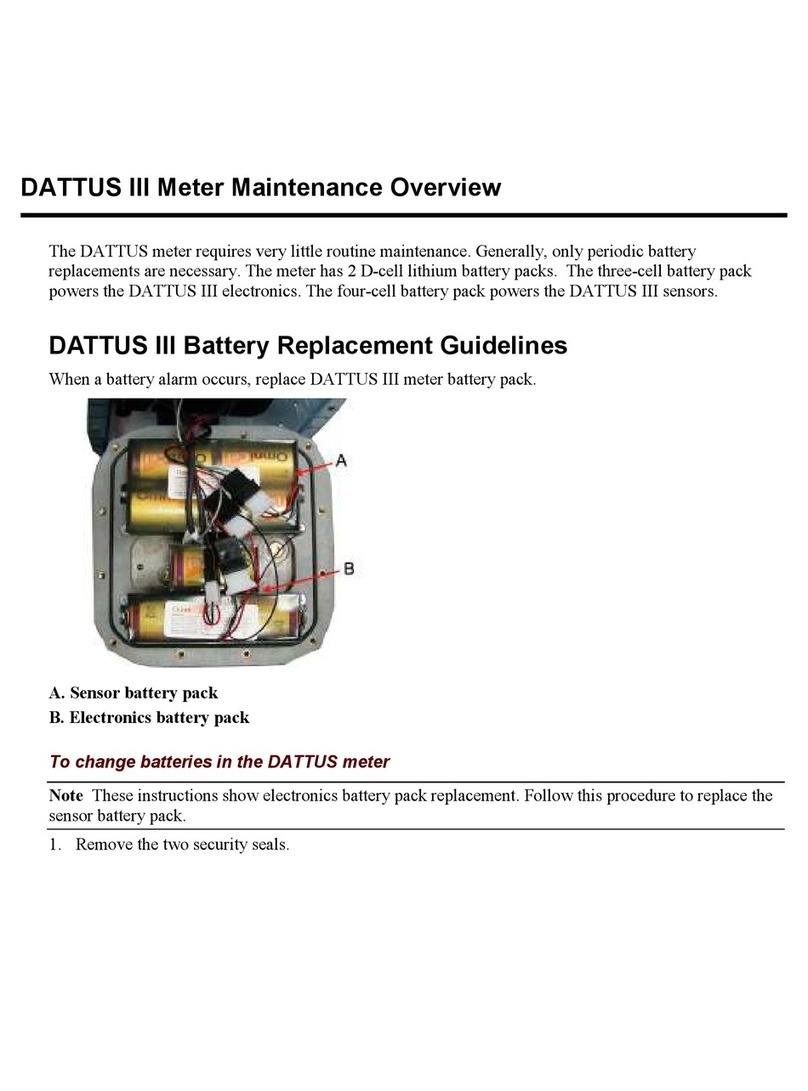
10
Axonic
Montage- und Bedienungsanleitung
DE
1 - LIEFERUMFANG AXONIC
• Die Lieferung ist vor der Installation auf Vollständigkeit zu prüfen!
• Durchflusssensor mit Anschlussleitung (3m oder 10m)
• 1 Satz Klappflansche (4 Halb-Flansche, Versionen PN16 und PN25)
• 2 Dichtungen
• Montage- und Bedienungsanleitung
• CE-Erklärung + Prüfprotokoll (Option)
2 - ALLGEMEINES
Der AXONIC ist ein hochwertiger Ultraschall-Durchflusssensor zur Messung von thermischer Energie zur wahlweisen Instal-
lation in horizontaler oder vertikaler Einbaulage. Der AXONIC kann an beliebige Rechenwerke angeschlossen werden, deren
Signaleingänge den Anschlussspezifi kationen entsprechen.
Der Einbau hat entsprechend dieser Montage- und Bedienungsanleitung zu erfolgen, damit eine bestimmungsgemäße
Funktion ermöglicht und die Einhaltung von Sicherheits- und Garantiebedingungen erfüllt wird.
2.1 - Sicherheitshinweis
Heizwassernetze und Netzspannungsversorgungen werden bei hohen Temperaturen, hohen Drücken bzw. hohen Span-
nungen betrieben, die bei fehlerhaftem Umgang schwere körperliche Verletzungen verursachen können. Deshalb dürfen die
Messgeräte nur von qualifi ziertem und geschultem Personal installiert werden. Vor dem Ein- oder Ausbau von Durchfluss-
sensoren aus der Rohrleitung muss der betreffende Rohrabschnitt abgesperrt und fachmännisch entleert werden. Die
Gehäuse der Wärmezähler sind ausgelegt für Kaltwasser, Warmwasser und Heißwasser mit den jeweils spezifizierten
Kennwerten und unter Ausschluss anderer Flüssigkeiten. Wurde das Zählergehäuse einer erheblichen Belastung durch
Schläge, Stöße, Sturz oder ähnlichem ausgesetzt, muss das Gerät ausgetauscht werden. Die Rohrleitungen müssen
geerdet sein.
Anlagen, in denen dieser Durchflusssensor betrieben wird, müssen durch Ventile oder Druckbegrenzer derart gesichert
sein, das der für diese Gerät zulässige Druck nicht überschritten wird.
2.2 - CE Zeichen und Schutzklassen
Das Messgerät AXONIC erfüllt die Anforderungen aller anzuwendenden EU-Richtlinien und ist zugelassen für den Einsatz
entsprechend Umgebungsklasse C (EN1434), E2 und M2 (MID 2014/32/EU).
• Umgebungstemperatur: -25°C…60°C (Innenrauminstallation)
• Lagertemperatur: -25°C…60°C, kurzzeitig 70°C (<24h)
• Schutzart: IP68 (7 Tage, 1,2m Wassersäule)
• AXONIC erfüllt die Anforderungen der Druckgeräterichtlinie 2014/68/EU (Versionen für Wärme), Fluid Gruppe 2 und ist
zugelassen für das Messmedium Wasser.
• Elektro-Altgeräte und darin enthaltene Batterien dürfen nicht dem Hausmüll zugeführt werden.
Wir nehmen unsere Produkte nach Gebrauch zur fachgerechten Entsorgung kostenlos zurück.
• Die metrologische Klasse eines kombinierten Zählers, der aus Durchflusssensor, Rechenwerk und Temperaturfühlern nach
Herstellervorgaben installiert wird, richtet sich nach der metrologischen Klasse des Durchflusssensors (siehe Typenschild).
• Bei Kältezählern erfüllt das Messgerät die Anforderungen der MessEV.
2.3 - Weitere wichtige Hinweise
• Der Durchflusssensor darf niemals am Anschlusskabel angehoben oder transportiert werden!
• Der Montageort ist so zu wählen, dass die Anschlussleitung des Durchflusssensors und die Temperaturfühlerkabel nicht in der
Nähe von stromführenden Netzleitungen und/oder elektromagnetischen Störquellen verlegt werden (min. 50 mm Abstand).
• Bei besonders starken elektromagnetischen Störquellen, wie z.B. Maschinen, Frequenzumformern, Wechselrichtern,
Leistungsschaltern, starkstromversorgten Pumpen und Neonröhren, ist besondere Sorgfalt geboten und der Abstand zu den
Signalleitungen des Wärmezählers auf 50 cm zu erhöhen.
• Kabel nicht an heißen Leitungen verlegen, die Temperaturen von 60 °C überschreiten.
• Entfernung von metrologischen Plomben zieht den Verlust der Konformität zur 2014/68/EU Druckgeräte-RL nach sich.
(Wärme nur)
DN65 - PN16,
DN80 - PN16/25,
DN100 - PN16 :
x4

